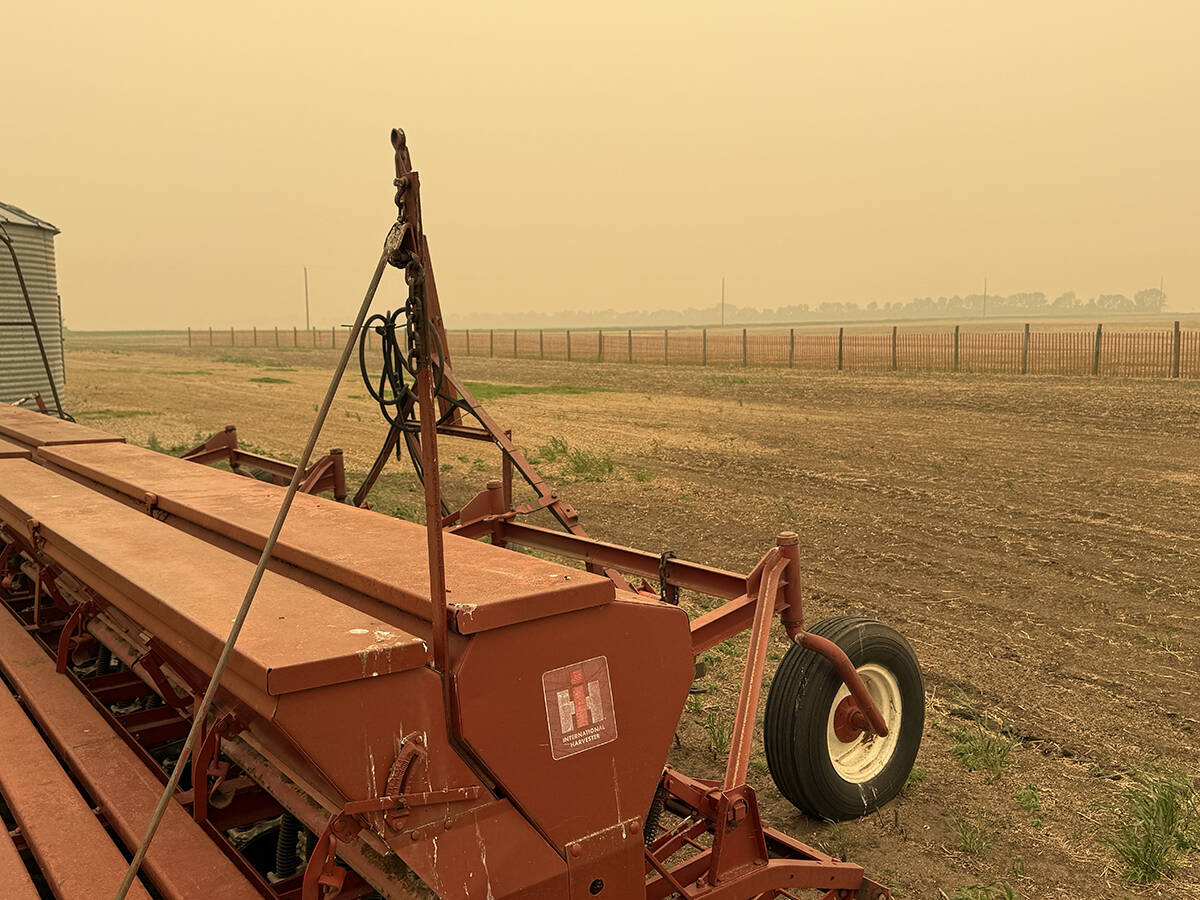Saskatchewan rural politicians want the provincial government to get more aggressive with clubroot.
Delegates attending the Saskatchewan Association of Rural Municipalities’ recent mid-term convention in Saskatoon passed a resolution asking the government to add the soil-borne canola disease to its list of pests and to form a clubroot management plan to prevent its potential spread.
The disease has been making its mark in Alberta, where it can drastically reduce yields in canola crops.
It has not yet been detected in Saskatchewan, but producers in that province are worried by the disease’s ability to spread through soil residue clinging to machinery and equipment.
Read Also

Wildfires have unexpected upside this year
One farmer feels smoke from nearby wildfires shrouded the July skies and protected his crop from the sun’s burning rays, resulting in more seeds per pod and more pods per plant.
Industries such as potash mining and oil and gas exploration regularly move machinery and equipment into Saskatchewan from Alberta.
During debate of the resolution, SARM delegates said clubroot will probably enter the province at some point, which makes it necessary to have legislation in place to at least try to stop it.
They also said oilfield equipment must be washed before leaving Alberta job sites, but no such rules exist for a cultivator bought at an Alberta auction, for example, which could be contaminated.
Delegates also passed a resolution looking for more funding for water well decommissioning.
Old and abandoned wells are a direct entry source for contamination of ground water.
Funding for well decommissioning under the Farm Stewardship Program is 50 percent. SARM wants that increased to 100 percent, including well head protection for existing wells.
Delegates said hundreds of old wells exist in Saskatchewan and must be sealed off properly when no longer used.
Another resolution asked the provincial municipal affairs ministry to investigate how to hold the Trans-Canada Trail Foundation responsible for the property it acquired.
According to the resolution, land that the foundation acquired from Canadian Pacific Railway has since been abandoned. The property has gone to weeds, polluted with concrete and steel. It can’t be used as a snow machine trail and old culverts and bridges have been removed.
As well, the foundation has stopped paying taxes for the past two years and wants to give the property back to the municipality.















